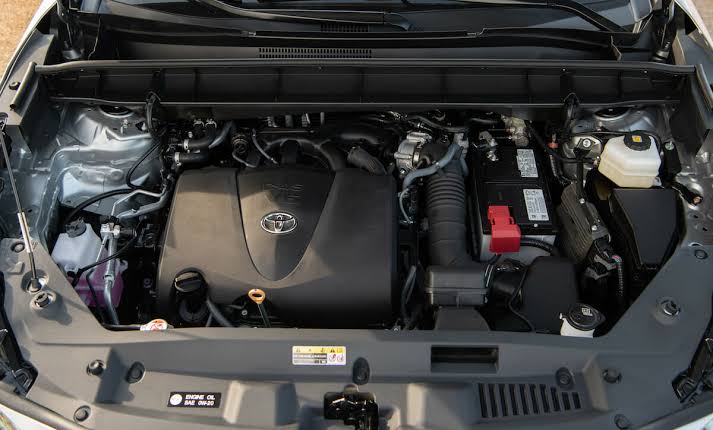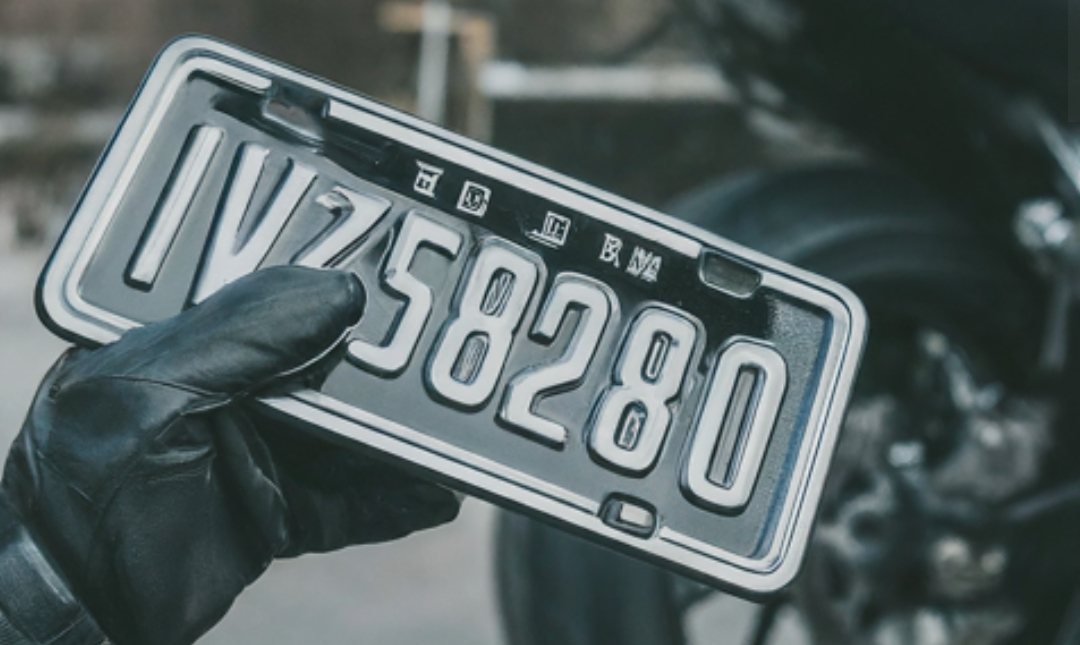Unveiling the Toyota Highlander Battery
In the realm of SUVs, the Toyota Highlander stands tall as a versatile and reliable companion for families and adventurers alike. Behind its robust performance and comfort lies a critical component that keeps the journey rolling – the battery. In this blog, we’ll delve into the significance of the battery in the Toyota Highlander, its specifications, maintenance tips, signs of trouble, and more to ensure you’re ready to embark on your next adventure with confidence.
The Heart of the Highlander: Understanding the Battery
The battery in the Toyota Highlander serves as the primary power source for starting the engine, providing electrical energy to power onboard electronics, lights, and accessories. Without a functioning battery, your Highlander would be unable to start, leaving you stranded and unable to enjoy its many features and capabilities.
Specifications of the Toyota Highlander Battery
The battery specifications for the Toyota Highlander can vary depending on factors such as the model year, engine size, and optional features. However, the typical battery size and specifications for the Toyota Highlander are as follows:
- Group Size: 24F (According to industry standards)
- Cold Cranking Amps (CCA): Typically ranges from 550 to 750 CCA, depending on the specific battery model and engine configuration.
- Voltage: 12 volts
It’s essential to verify the exact specifications of your Highlander’s battery, as they may vary depending on the model and production year of your vehicle.
Maintaining Your Toyota Highlander Battery
To ensure reliable performance and longevity of your Toyota Highlander’s battery, follow these maintenance tips:
- Regular Inspections: Periodically inspect the battery for signs of corrosion, damage, or leaks. Check the terminals and cables for tightness and cleanliness, and clean them with a wire brush and battery cleaner if necessary.
- Charging: Keep your battery charged to prevent deep discharges, which can shorten its lifespan. If your vehicle sits unused for extended periods, consider using a battery maintainer or trickle charger to keep the battery topped off.
- Extreme Temperatures: Extreme temperatures can affect battery performance. In cold weather, ensure your battery has sufficient cold cranking amps (CCA) to start the engine reliably. In hot weather, avoid exposing the battery to direct sunlight or excessive heat, as this can accelerate degradation.
Signs of Battery Trouble
Knowing the signs of a failing battery can help you address issues before they escalate. Common signs of battery trouble in the Toyota Highlander include:
- Slow Cranking: If the engine cranks slowly or struggles to start, it could indicate a weak or failing battery.
- Warning Lights: Pay attention to warning lights on the dashboard, such as the battery or charging system warning light, which may indicate a problem with the battery or alternator.
- Electrical Issues: Dim or flickering lights, erratic behavior from electrical accessories, or difficulty starting the engine can all be symptoms of a failing battery.
Conclusion
The battery in your Toyota Highlander is a critical component that powers your vehicle’s electrical system and ensures reliable starting performance. By understanding its specifications, following proper maintenance practices, and recognizing signs of trouble, you can ensure clear vision on the road and enjoy a safer and more comfortable driving experience. Whether you’re commuting to work, running errands around town, or embarking on a road trip, a healthy battery is essential for powering your Highlander with confidence and reliability.




Post Comment